In Korean skincare, toners are essential for enhancing skin health, offering benefits beyond simple cleansing. This blog explores the different types of Korean toners—hydrating, exfoliating, and repairing—and explains their benefits.
We'll also cover how to choose the right toner for your skin type and the best practices for application. Whether your goal is to boost hydration, remove dead skin cells, or fortify your skin barrier, understanding how to effectively use these toners can significantly improve your skincare routine.
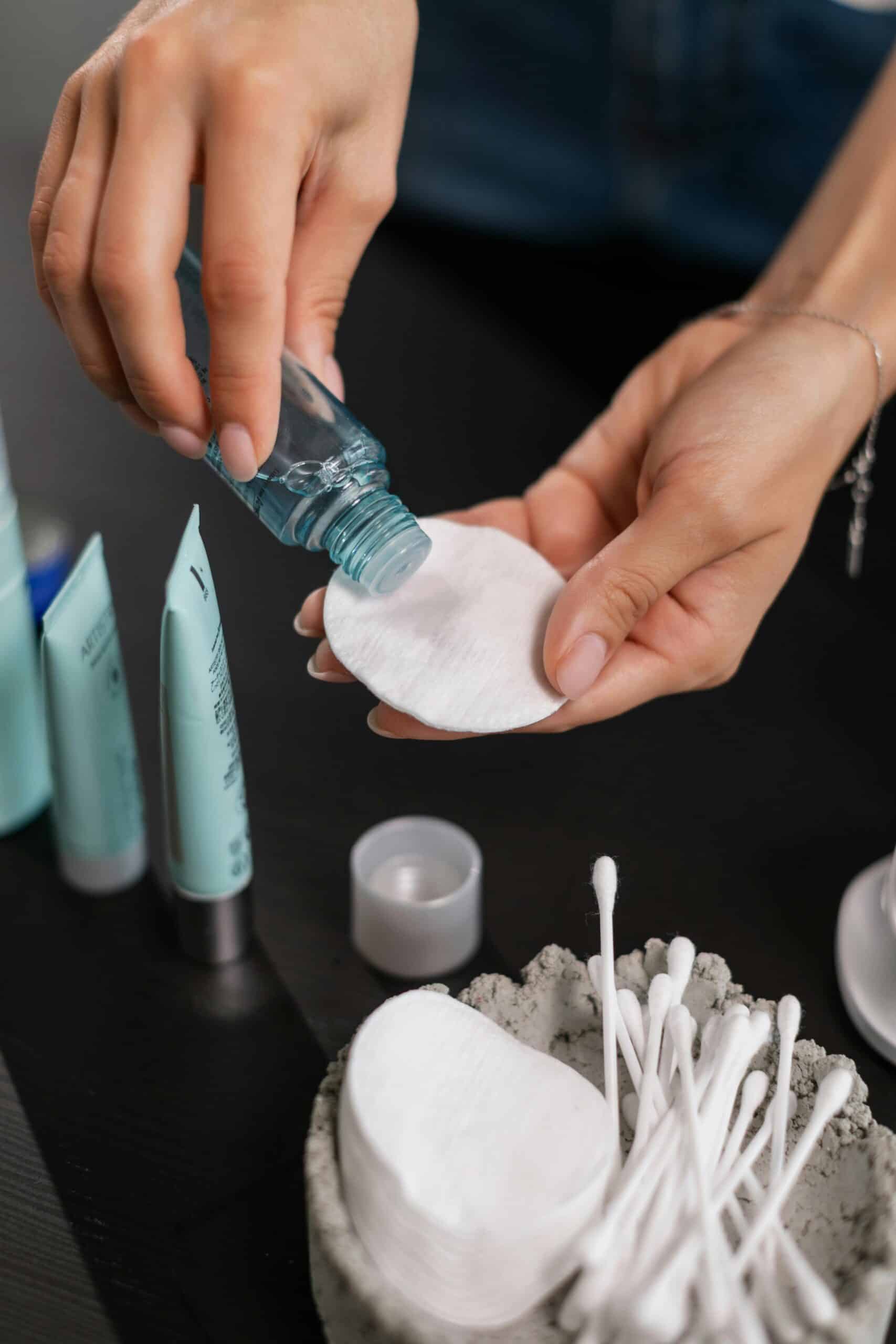
Jump to:
🤔 What is a Toner?
In Korean skincare, a toner is the bridge between cleansing and the rest of your skincare regimen. It's designed to both prep the skin for the absorption of subsequent products like serums and moisturizers and to restore the skin's pH balance which can be disrupted during cleansing.
⌛ The Evolution of Toners in Korea
Traditionally, Korean toners were simple, hydrating solutions meant to dampen the skin post-cleansing. However, as skincare technology and formulations have advanced, toners have evolved into multifunctional products.
Today's Korean toners not only hydrate but also exfoliate, nourish, and repair the skin. They come in various formulations to suit different skin concerns, from reducing inflammation to combating acne.
This evolution reflects a broader trend in Korean skincare towards products that support long-term skin health and resilience, adapting to the needs of increasingly informed and discerning consumers.
💆♀️ Types of Korean Toners
Hydrating Toners
Hydrating toners are the most quintessential type in Korean skincare, formulated to provide a burst of moisture to the skin immediately after cleansing. These toners often contain ingredients like hyaluronic acid, glycerin, and various botanical extracts to attract and retain water in the skin, promoting a plump and dewy complexion.
Exfoliating Toners
Exfoliating toners are designed to remove dead skin cells, helping to clear the way for fresher, brighter skin. These products typically contain alpha-hydroxy acids (AHAs), beta-hydroxy acids (BHAs), or polyhydroxy acids (PHAs) that work to gently dissolve the bonds holding dull, dead skin on the surface.
Nourishing/Repairing Toners
These toners go beyond simple hydration and exfoliation, offering ingredients that help repair and fortify the skin barrier. Ingredients like ceramides, fatty acids, and peptides are common, aiding in the recovery of dry, damaged, or aging skin by replenishing essential nutrients.
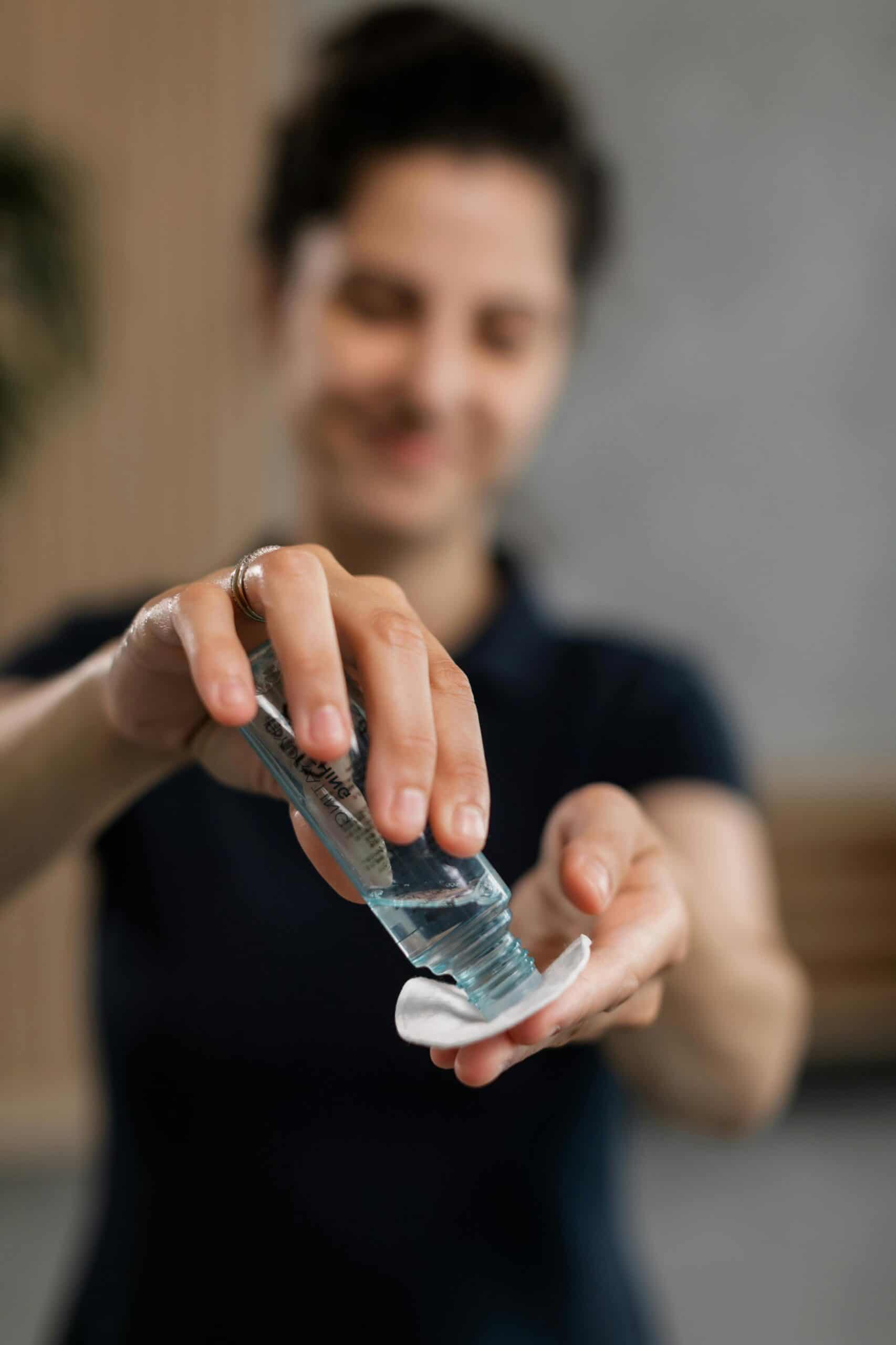
✅ Choosing the Right Toner for Your Skin Type
For Dry Skin
- Look for: Hydrating toners rich in humectants such as hyaluronic acid and glycerin that can provide deep hydration and prevent moisture loss.
- Avoid: Toners with high alcohol content and astringents that can strip the skin of its natural oils.
For Oily Skin
- Look for: Toners that contain exfoliating acids like salicylic acid (BHA) that help control excess sebum and clear clogged pores.
- Avoid: Overly hydrating toners that might exacerbate oiliness.
For Combination Skin
- Look for: Balanced toners that offer both hydration and mild exfoliation to cater to both dry and oily areas of the face.
- Avoid: Heavy, oily toners that can lead to breakouts in oil-prone areas.
For Sensitive Skin
- Look for: Alcohol-free toners with soothing ingredients like aloe vera, chamomile, and other anti-inflammatory substances that calm irritation and redness.
- Avoid: Toners with harsh exfoliants or perfumes that might irritate sensitive skin.
Integrating Toner into Your Skincare Routine
- How to Apply: After cleansing, apply toner to a cotton pad and gently swipe over the face or pat directly with your hands, depending on the product’s consistency and your preference.
- When to Apply: Typically, toner should be used twice daily (morning and night), but exfoliating toners might be used less frequently based on your skin’s tolerance.
Potential Side Effects
- Be mindful of initial reactions, such as slight tingling, when using exfoliating toners. If irritation or severe reactions occur, discontinue use and consult a dermatologist.
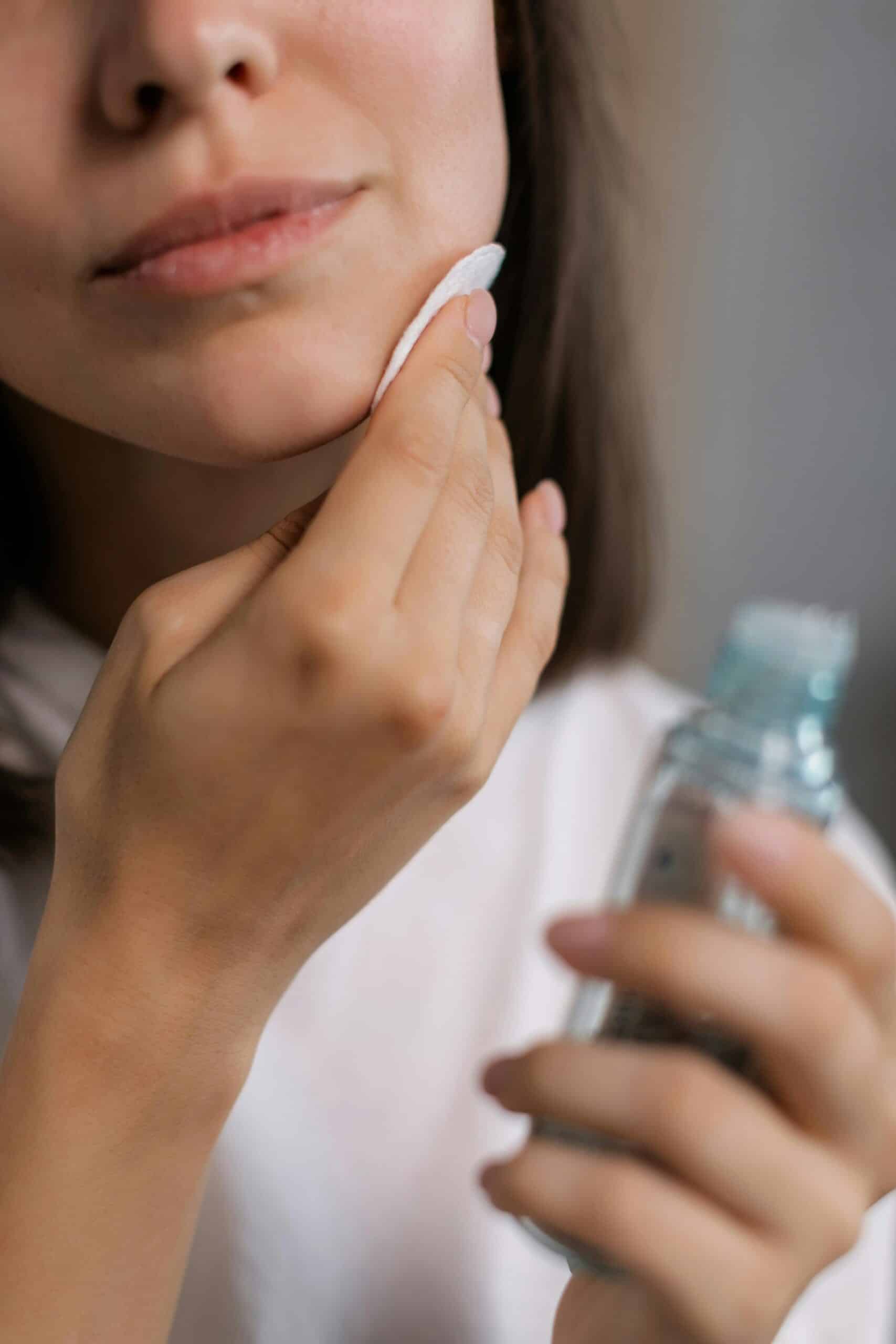
📝 Application Tips and Techniques
Best Practices for Applying Toner
- Prep Your Skin: Always apply toner to clean your skin. Ensure all makeup and cleansers are thoroughly rinsed off before application.
- Method of Application:
- Using Cotton Pads: Soak a cotton pad with toner and gently swipe it across your face. This method can help remove any lingering impurities and is particularly beneficial for exfoliating toners.
- Using Hands: Pour a few drops of toner into your palms and gently pat it onto your face. This method is ideal for hydrating toners as it prevents wastage and ensures that more of the product is absorbed directly by your skin.
- Layering: For extra hydration, consider layering your toner several times. This "7-skin method" is popular in Korean skincare and involves applying multiple thin layers of hydrating toner to build deep hydration.
- Frequency of Use:
- Hydrating and Nourishing Toners: Can be used daily, morning and night.
- Exfoliating Toners: Start with 2-3 times a week and adjust based on how your skin responds, especially if you are also using other products with active ingredients.
Maximizing Toner Benefits
- Temperature: Applying toner with a chilled cotton pad can help soothe and calm the skin, which is particularly refreshing during hot weather or if you have inflamed skin.
- Follow-up: Always follow up with a serum and moisturizer to lock in the toner’s benefits and keep your skin hydrated and protected.
Common Mistakes to Avoid
- Overuse of Exfoliating Toners: Too much exfoliation can strip the skin of its natural oils, leading to dryness and irritation. Monitor your skin’s response and adjust usage accordingly.
- Skipping Toner: Skipping this step can leave behind impurities and prevent your skincare products from absorbing properly. Incorporating toner can significantly enhance the effectiveness of your entire routine.
❓ Frequently Asked Questions
Absolutely! Korean skincare offers a variety of toners specifically formulated for sensitive skin. Look for toners labeled "fragrance-free," "alcohol-free," and containing soothing ingredients such as aloe vera, green tea, and centella asiatica. These formulations are gentle and can help calm and hydrate sensitive skin without causing irritation.
The frequency of use for exfoliating toners depends on your skin type and how it reacts to exfoliation. Generally, it's safe to start using an exfoliating toner 2-3 times a week and adjust based on your skin’s response. If you experience any dryness or irritation, reduce the frequency of application.
Korean toners and Western toners can have different formulations and purposes. Korean toners often focus on hydration and preparing the skin to better absorb subsequent products, while Western toners might be more astringent or focused on cleaning residue. If you're satisfied with your current toner, you may not need to switch, but incorporating a Korean toner could provide additional hydration or treatment benefits that complement your existing routine.


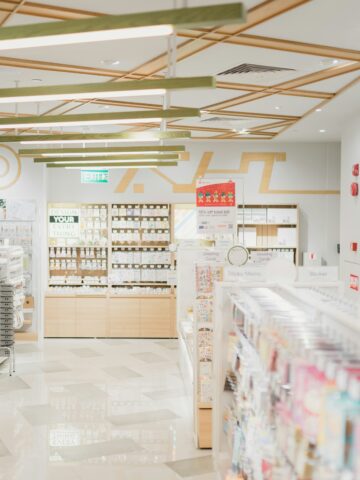
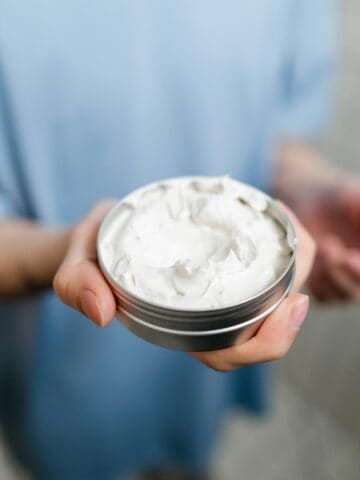
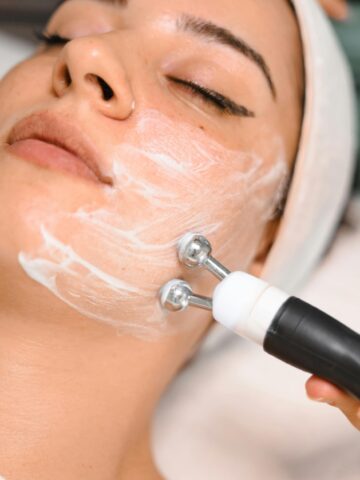
Comments
No Comments